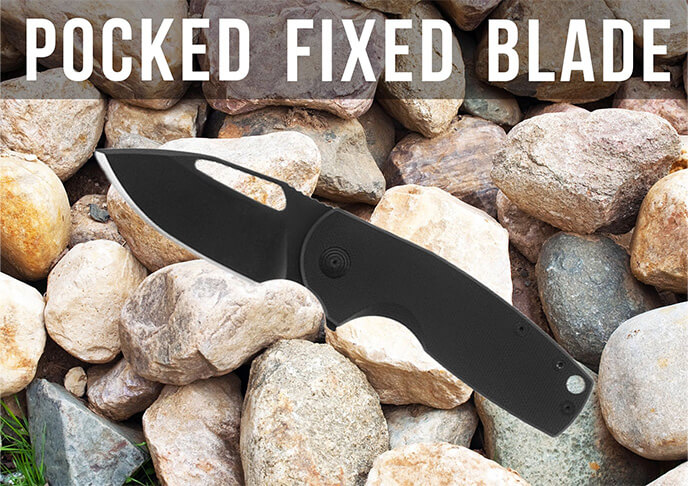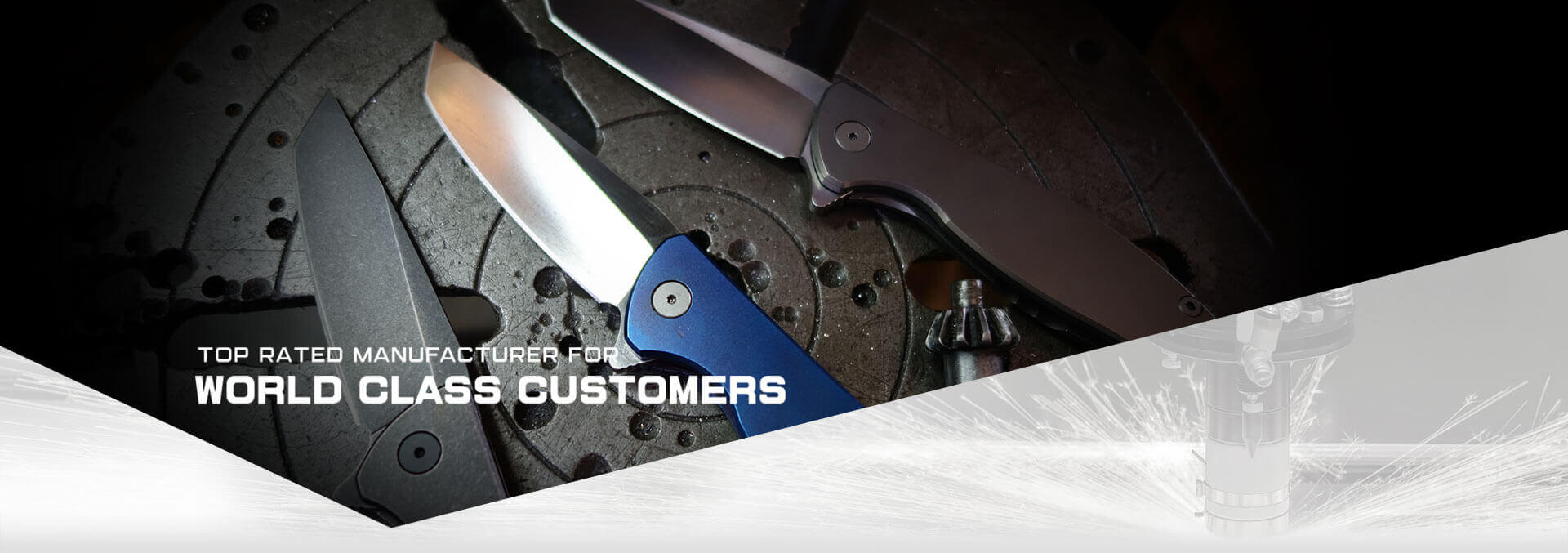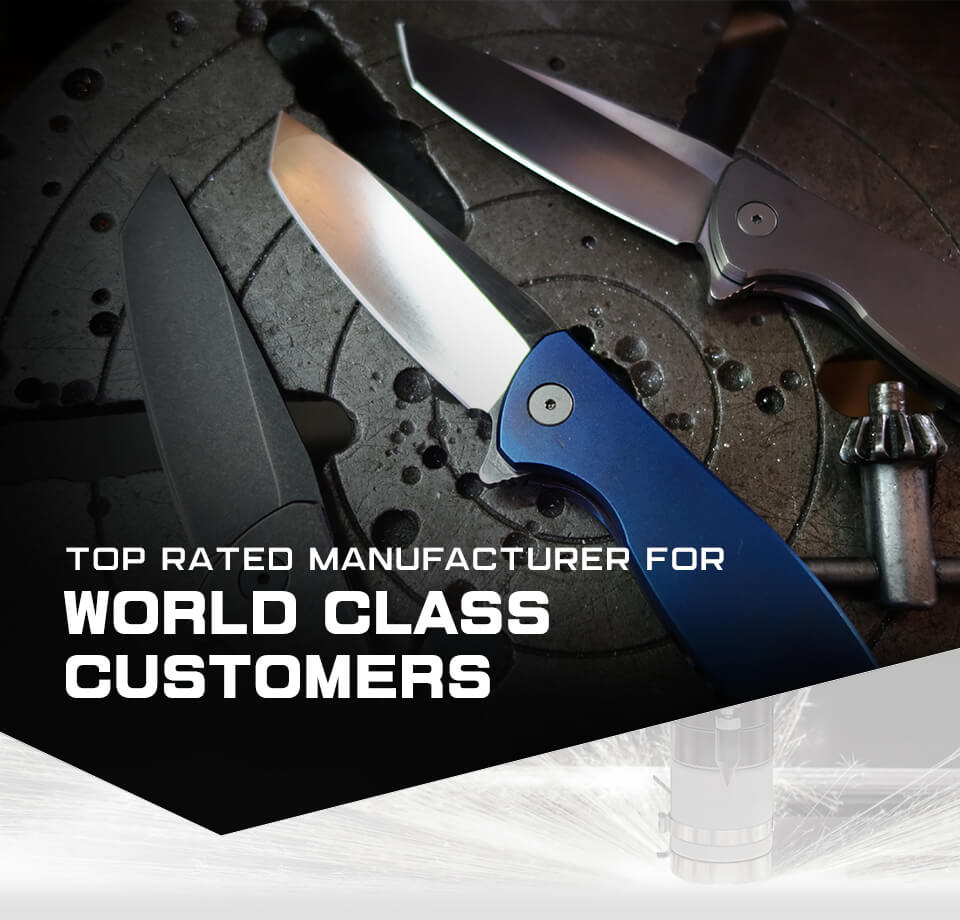TYPES OF KNIVES-POCKET FIXED BLADE

Knives are the earliest tools invented by mankind, and even now there are many different types for different uses. We all want one knife that can be handled for all situations is called One Tool Option. The technique requires“hardware” equipment with “software” skills. As a user, you need to improve your skills, while as a designer, you need to focus on the design of the hardware.
Pocket Fixed Blade:
Modern battlefields and self-defense is close-quarter combat (CQC), emphasizing speed and grapple. If the design of the back clip made the folding knife popular in CQC, then the kit carried by IWB is also the reason why the small fixed knife has become the mainstream of CQC again. The fixed-blade knife is simple, fool-proof, sturdy, and has gradually replaced the tactical folding knife as another new trend.
The pocket knife was originally put in the pocket with the knife and sheath. But it is inconvenient to use since you have to take the straight knife out of the scabbard. The structure of the straight knife is stable and simple, and it is safer to use than the folding knife. Due to stricter control of knives, small straight knives are becoming more and more prominent. Spyderco invented the knife holder, which has greatly changed the way of carrying folding knives. The invention of Uticlip also makes pocket fixed-blade knives easier to carry and quicker to use.
The overall length of a fixed pocket knife is generally within 7". Another important aspect of a fixed pocket knife is the ratio of the blade and handle. Generally speaking, if the handle is 4", it is a full grip. The length of the knife is about 3" or less, and the the thickness of the blade does not need to exceed 3mm.
A larger pocket knife and a small fixed-blade knife could be the better options for personal use in daily life. They can all be used to destroy hard objects such as car and doors when necessary.

















